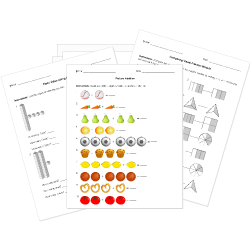Common Core Standard HSG-SRT.D.10 Questions
(+) Prove the Laws of Sines and Cosines and use them to solve problems.
You can create printable tests and worksheets from these questions on Common Core standard HSG-SRT.D.10! Select one or more questions using the checkboxes above each question. Then click the add selected questions to a test button before moving to another page.







